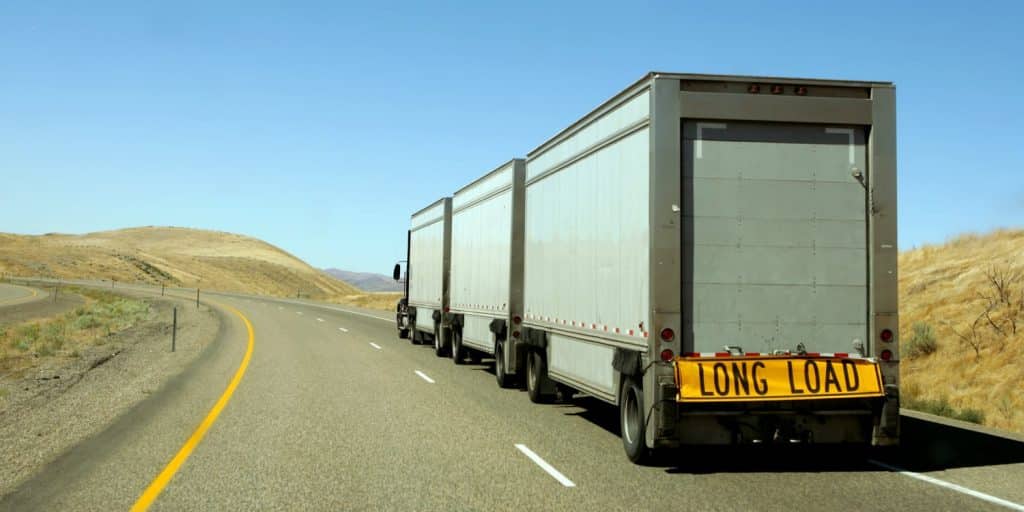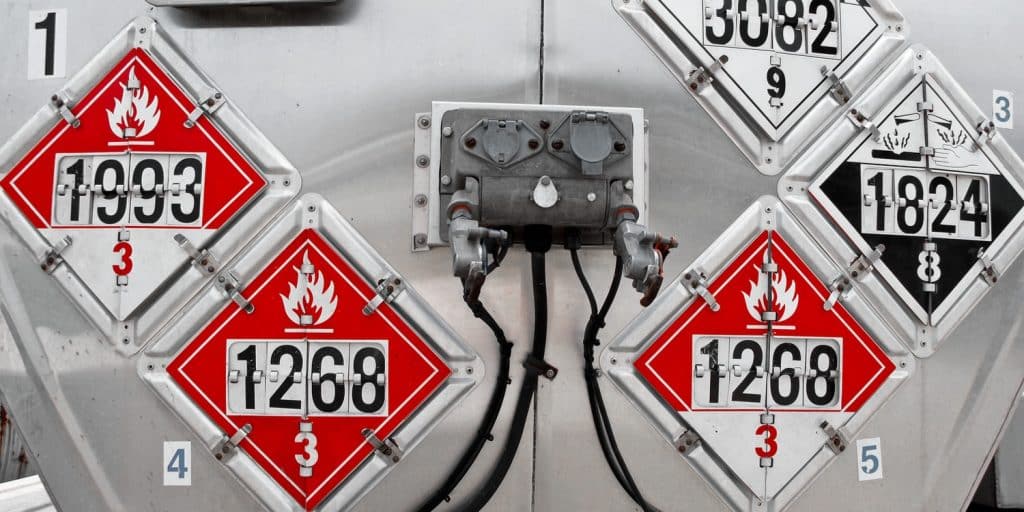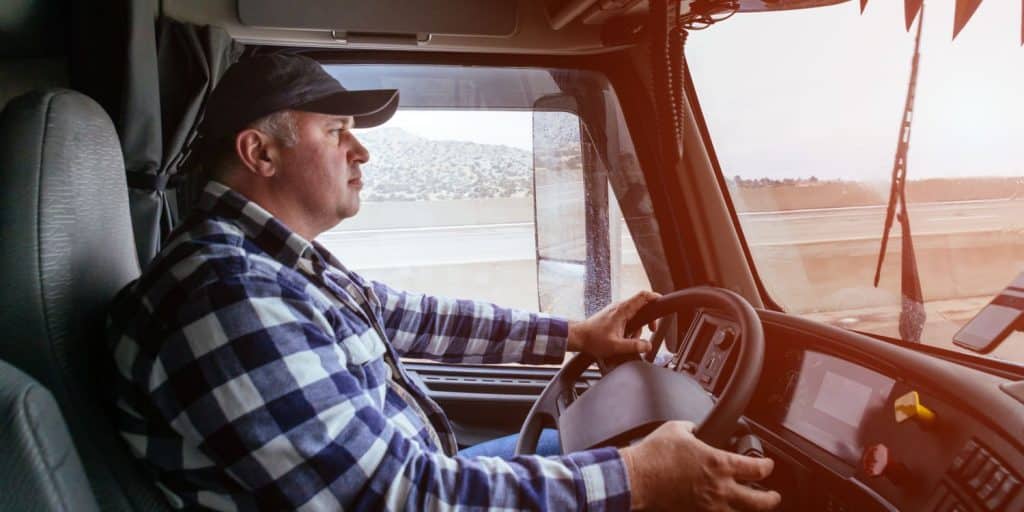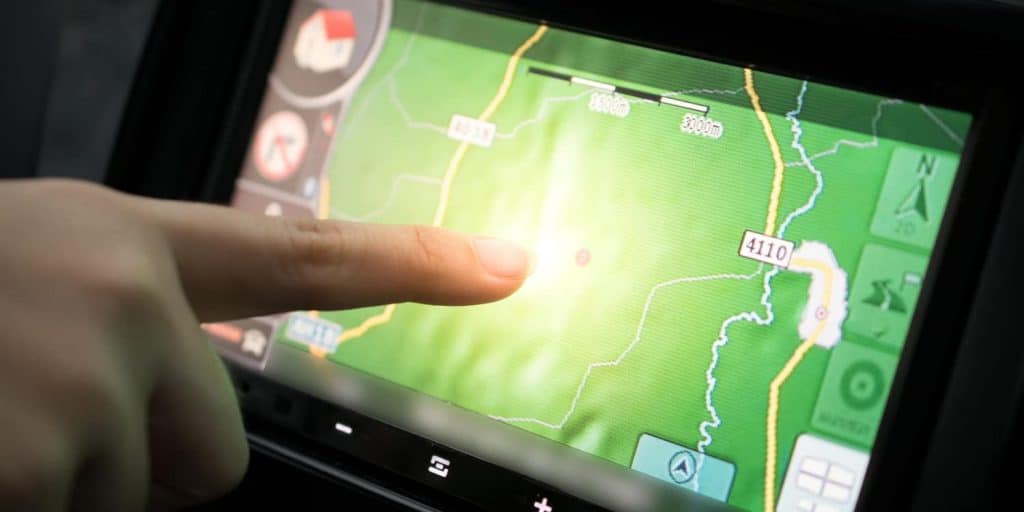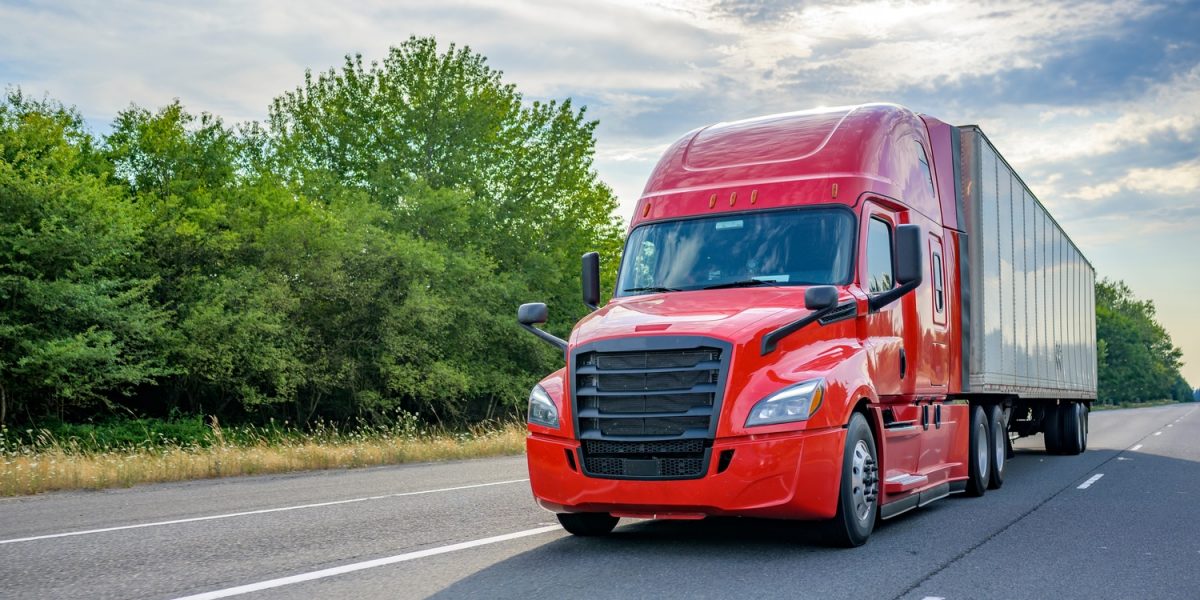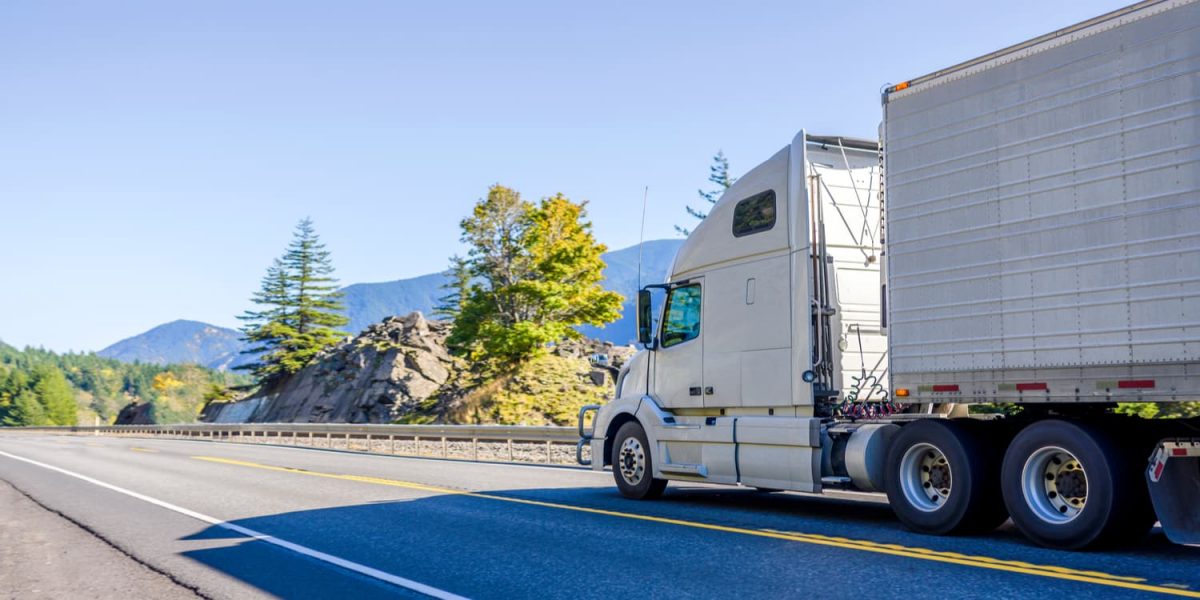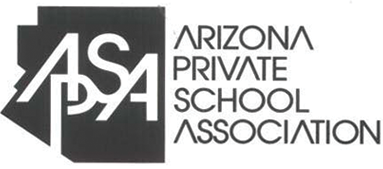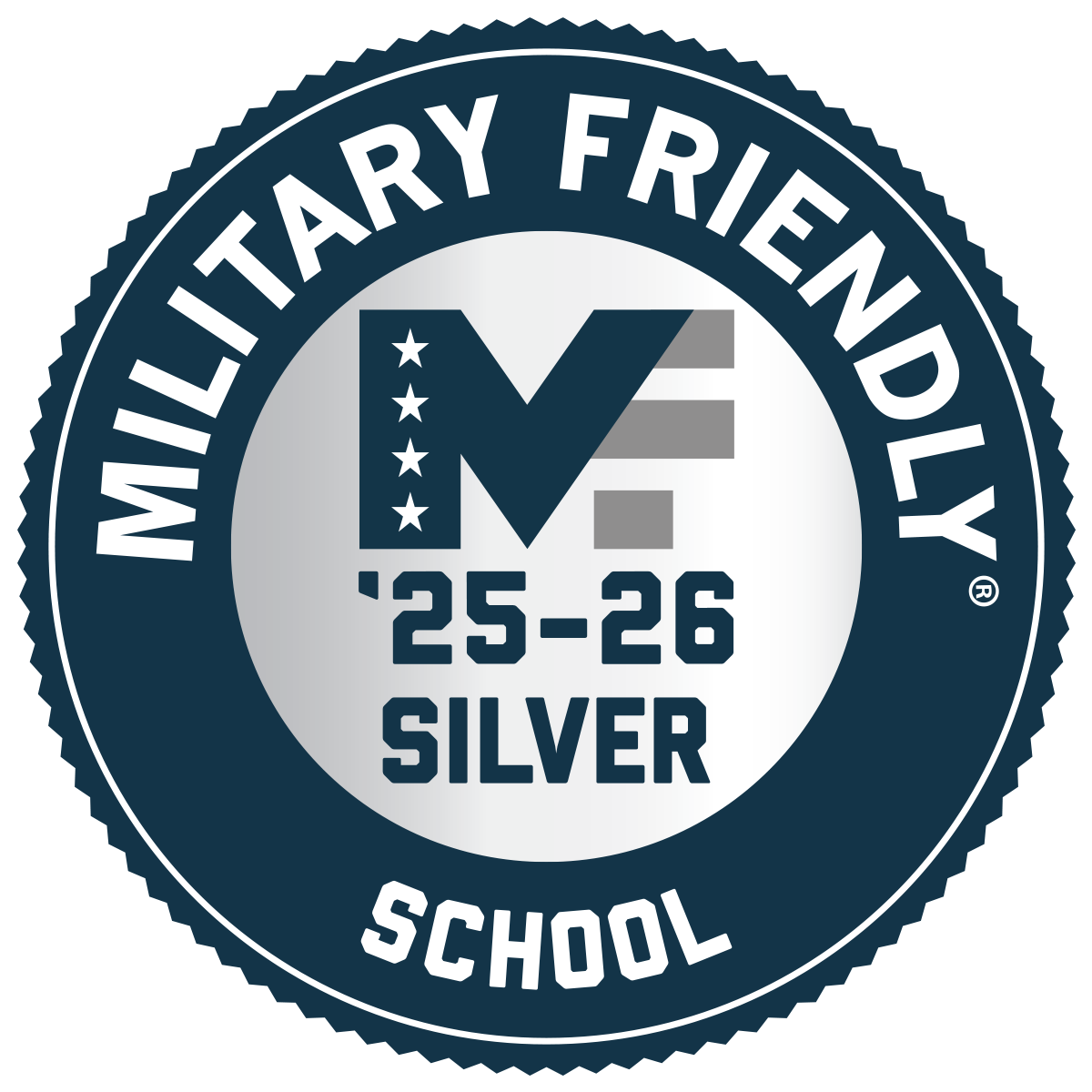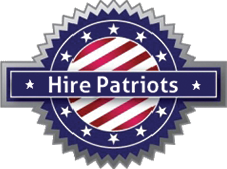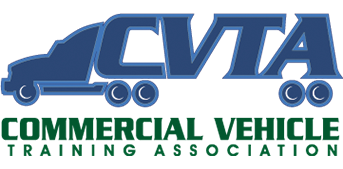When you take your commercial driver’s license (CDL) written test, you will also have the opportunity to take endorsement tests. If you pass, you will earn additional certifications that allow you to drive different types of vehicles beyond a standard semi-truck, or to haul different types of freight.
One of these endorsements is the doubles/triples endorsement, which allows you to drive a commercial vehicle with more than one trailer. Such vehicles can also be referred to as long combination vehicles (LCVs).
Here’s more information about the LCV endorsement:
Why Earn the LCV Endorsement
Semi-trucks with two or three trailers can transport more freight at once. This means that trucking companies are able to pay more for drivers who drive these vehicles. Although you may think you’ll never need to want to use a doubles/triples endorsement in your trucking career, it’s still beneficial because it opens up more job opportunities if you ever wish to explore them.
How to Earn the Doubles/Triples Endorsement
Earning the LCV endorsement requires you to pass a multiple-choice written exam which covers material from Section 7 of the CDL manual. This section contains multiple subsections that you can study to help you prepare.
These are:
Pulling Multiple Trailers
There are various concerns you’ll need to be aware of if you are pulling two or three trailers. Some of these include preventing roll-overs and additional precautions you’ll need to take if there are adverse driving conditions. Vehicles with double or triple trailers also take up more space than other types of commercial vehicles, which presents additional challenges for space management and for parking.
Coupling and Uncoupling
It’s important to know how to couple and uncouple trailers correctly for any type of combination vehicle. When there are twin or triple trailers involved, this becomes more complicated. This section gives step-by-step instructions for how to do this, but you should keep in mind that it doesn’t cover every possible combination and that more on-the-job training may be necessary.
Inspecting LCVs
Vehicles with two or three trailers have more parts to inspect compared to a standard semi-truck. It’s important to fully expect every trailer and the coupling system and to know what additional parts to be aware of.
Air Brakes
Before hitting the road in a vehicle with an air brake system, you’ll need to perform an air brake inspection. For doubles/triples, you’ll need to ensure the air goes to all trailers, and will also need to test the service brakes, emergency brakes, and trailer protection valve.
Earn Your Doubles/Triples Endorsement
At Yuma Truck Driving School, we can help you earn your CDL and three endorsements (hazard materials, tanker, and doubles/triples) in as little as four weeks. Our experienced instructors will teach you the skills you need to succeed as a truck driver.
To learn more about earning your CDL in Yuma, AZ, contact us today.

